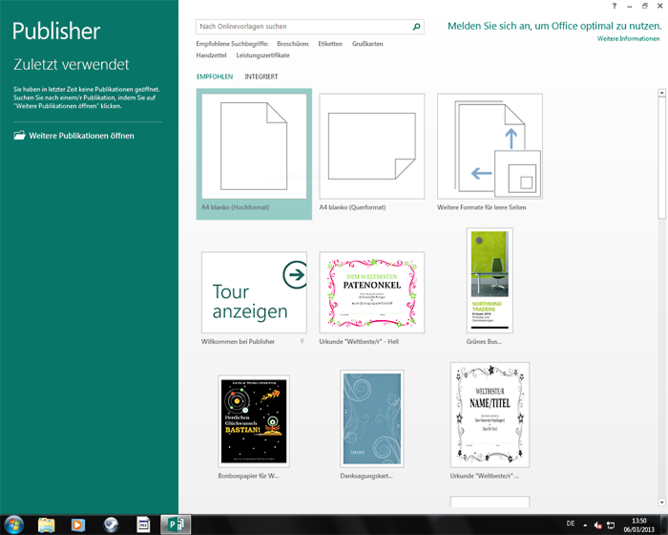

Kurtz SM, Ong KL, Lau E, Bozic KJ, Berry D, Parvizi J (2010) Prosthetic joint infection risk after TKA in the medicare population. long interval.īozic KJ, Kurtz SM, Lau E, Ong K, Vail TP, Berry DJ (2009) The epidemiology of revision total hip arthroplasty in the United States. Further studies need to evaluate the outcome in patients treated with biofilm-active antibiotics undergoing short vs. It remains unclear whether patients undergoing two-stage exchange with a long interval need biofilm-active antibiotics. The outcome of DTT and non-DTT PJI was similar (80–84%), however, at the cost of longer hospital stay, longer prosthesis-free interval and longer antimicrobial treatment. 58 days p < 0.001) and duration of antimicrobial treatment (151 vs. The following mean values were longer in DTT PJI than in non-DTT PJI: hospital stay (45 vs.

At a mean follow-up of 33 months (range 24–48 months), the overall treatment success was 82.8%. The Kaplan–Meier survival analysis was used to compare the probability of infection-free survival between DTT and non-DTT PJI and the 95% confidence interval (95% CI) was calculated. DTT PJI was defined as growth of microorganism(s) resistant to all available biofilm-active antibiotics. Patients with hip and knee PJI from 2013 to 2015 were prospectively included and followed up for ≥ 2 years. We evaluated the outcome of DTT and non-DTT PJI in a prospective cohort treated with a two-stage exchange according to a standardized algorithm.

However, it is unclear whether the outcome of DTT PJI is worse than those of non-DTT PJI. Periprosthetic joint infections (PJI) caused by pathogens, for which no biofilm-active antibiotics are available, are often referred to as difficult-to-treat (DTT).


 0 kommentar(er)
0 kommentar(er)
